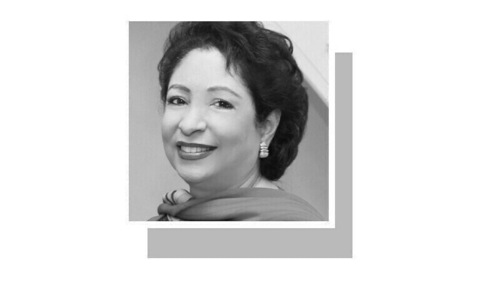ISLAMABAD: The Economic Survey of Pakistan 2019-20 showed that there has been no increase in the population of camels, horses and mules in the country in the last three years.
The data about the national herd population of livestock for the last three years shows that there were 1.1 million camels, 0.4 million horses and 0.2 million mules in the country during 2017-18 and their population is still the same in the year 2019-20.
On the other hand, there has been an overall increase of 3.5 million in the cattle population in the country which has increased from 46.1m in 2017-18 to 49.6m. The capital population last year was 47.8m.
The country has witnessed the largest increase of 4.1m in the population of goats over the last three years and at present there are 78.2m goats in the country, according to the Economic Survey of Pakistan 2019-20.
The survey shows that the population of buffaloes has been increasing with the constant rate of 1.2m per year. The population of buffaloes was 38.8m in 2017-18 and it has now increased to 41.2m in 2019-20.
Sheep’s population has grown to 31.2m in the country. Their population in 2017-18 was 30.5m and in 2018-19, it was 30.9m.
The population of asses, also known as donkeys, has increased to 5.5m. The population of asses has also been steady as there were 5.3m of them in 2017-18 and 5.4m in 2018-19.
Gross value addition of livestock has increased from Rs1,430 billion (2018-19) to Rs1,466 billion (2019-20), showing an increase of 2.5 per cent over the same period of last year.
The Economic Survey of Pakistan says that the livestock over the years has emerged as the largest sub-sector in agriculture. It is a source of foreign exchange earnings and contributes about 3.1 per cent in total exports. More than eight million rural families are engaged in livestock production and deriving more than 35-40 per cent of their income from this sector.
The government has now focused this sector for economic growth, food security and poverty alleviation in the country.
Over the years, livestock as subsector has surpassed the crop subsector as the biggest contributor to value addition in agriculture. Presently, it contributes 60.6 per cent to the overall agriculture and 11.7 per cent to the GDP (Gross Domestic Product) during 2019-20.
The overall livestock development strategy revolves to foster “private sector-led development with public sector providing enabling environment through policy interventions”, it says.
The regulatory measures are aimed at improving per unit animal productivity by improving health coverage, management practices, animal breeding practices, artificial insemination services, use of balanced ration for animal feeding, and controlling livestock diseases of trade and economic importance.
The objective is to exploit the livestock sector and its potential for economic growth, food security and rural socioeconomic uplift.
Published in Dawn, June 12th, 2020













































